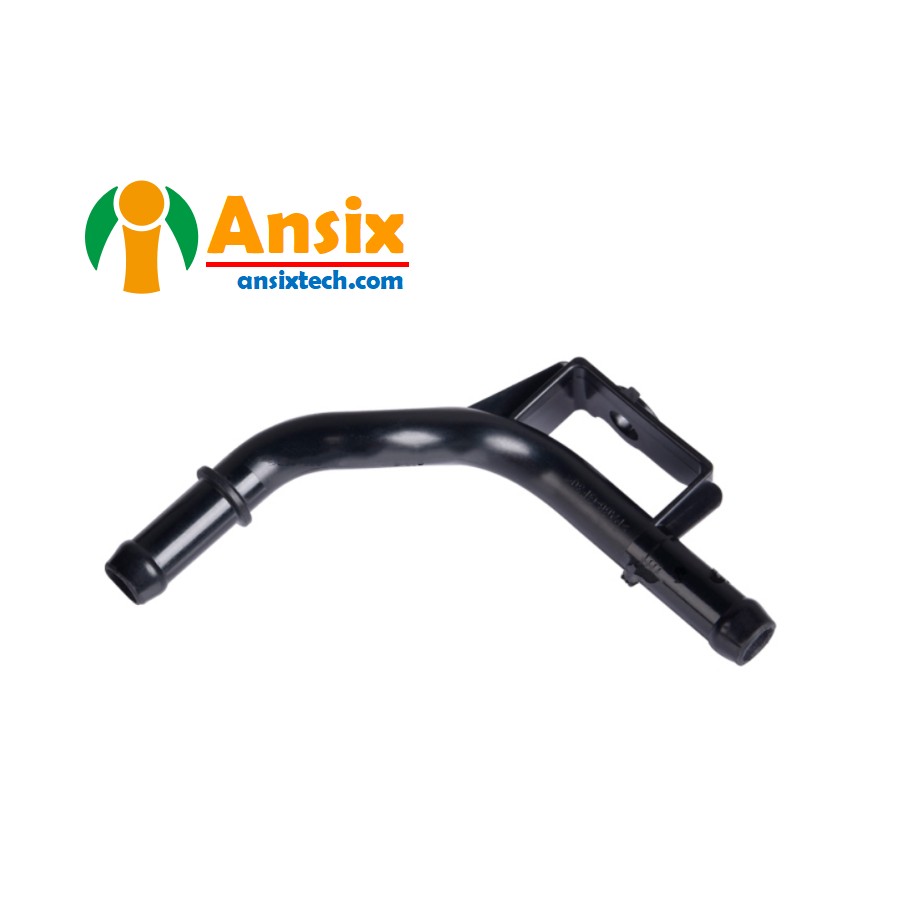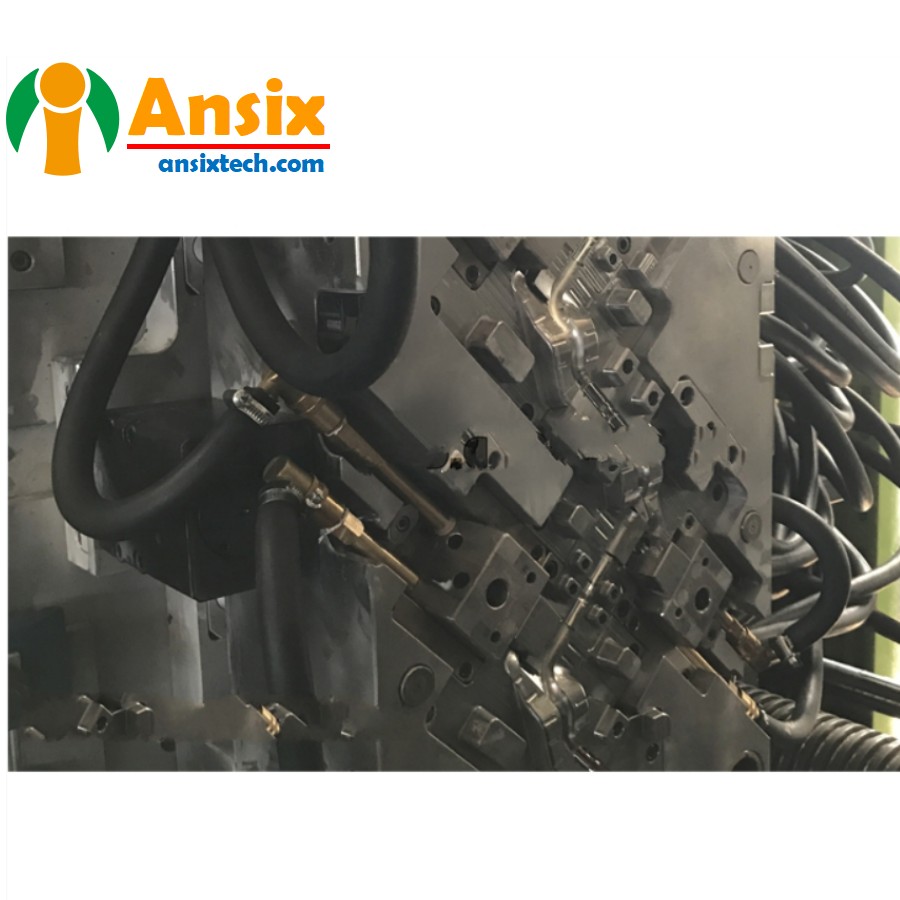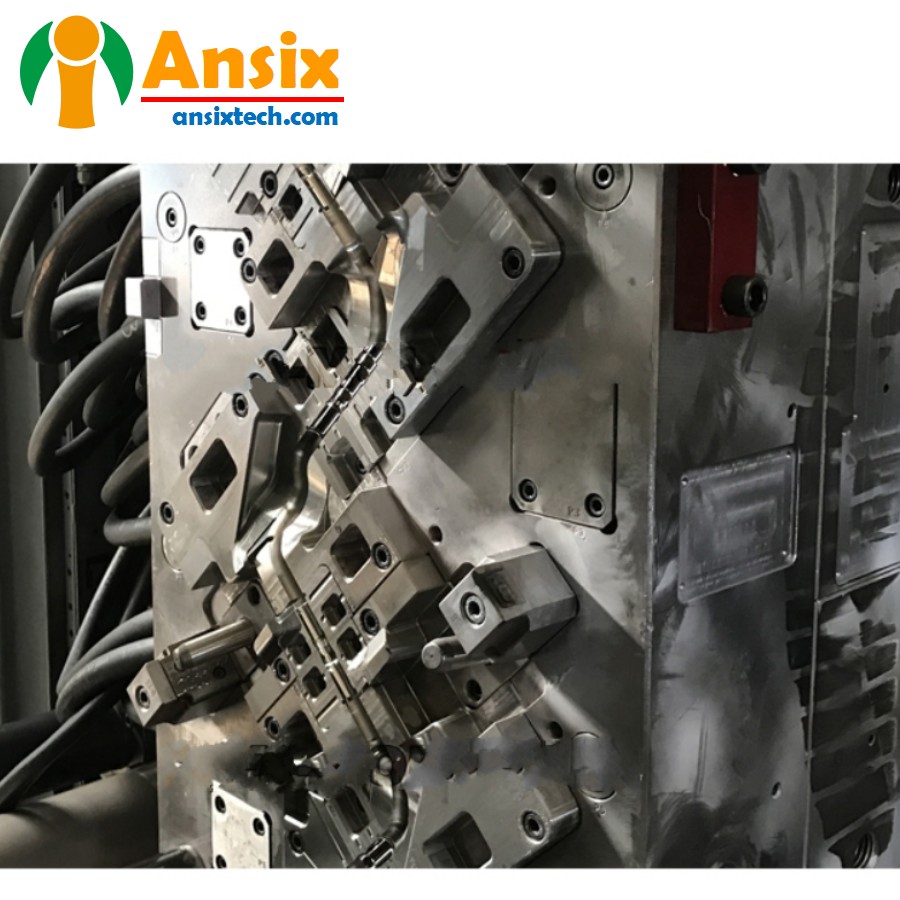Water Assisted Injection Mould for Gas-assisted water pipe injection molding
FEATURES
-
Mold Description
Product Materials:
PP
Mold Material:
738
Number of Cavities:
1*1
Glue Feeding Method:
Cold runner
Cooling Method:
Oil cooling
Molding Cycle
46.5s
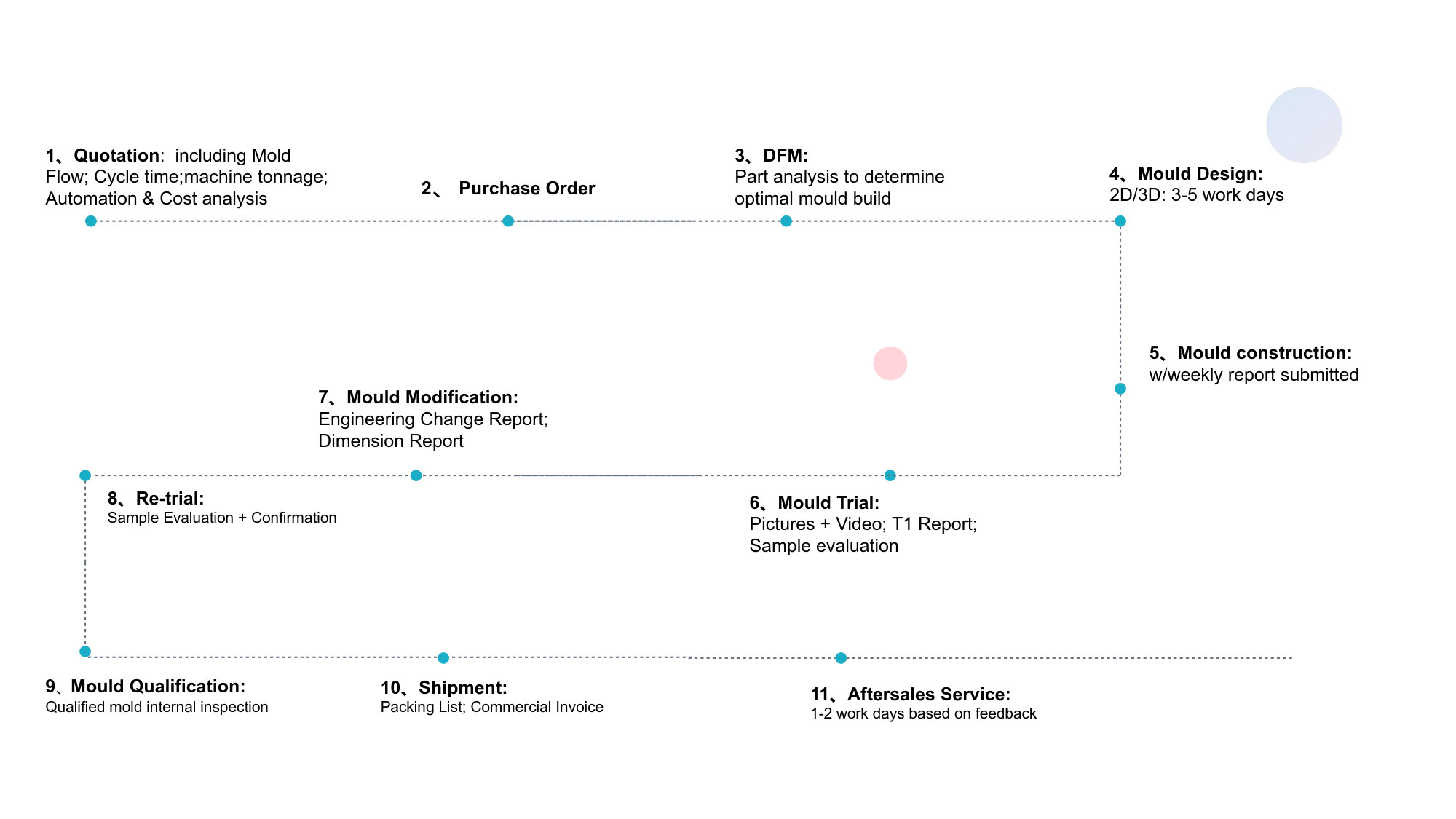
- Mold flow analysis and mold design of the Gas-assisted water pipeGas-assisted injection molding mold design and mold flow analysis for automotive cooling water pipes are key links to ensure product quality and production efficiency. Here are some of the key design and analysis aspects involved in a general case:Key points of mold designStructural Design: Design the mold structure to ensure that the complex structure and details of the water pipe can be accurately formed.Material Selection: Choose a suitable mold material, usually tool steel with high hardness, high strength and wear resistance, to ensure the service life and stability of the mold.Cooling system design: Design a reasonable cooling system to ensure that plastic materials can be cooled quickly during injection molding and reduce quality problems caused by uneven deformation and shrinkage.Gate design: Reasonable gate design can ensure uniform melt filling and reduce defects such as bubbles and short injection.Mold flow analysis detailsFilling Simulation: Simulate the filling process of melt in the mold cavity, and evaluate parameters such as filling time, filling pressure, and filling speed to predict possible defects such as poor filling, bubbles, and short injections.Cooling Simulation: Conduct cooling simulation to evaluate parameters such as cooling time, temperature distribution and shrinkage to ensure uniform cooling of the entire water pipe and reduce quality problems caused by uneven deformation and shrinkage.Thermal Stress Analysis: Analyze thermal stress and design a reasonable structure and cooling system to reduce the impact of thermal stress on product quality.Mold structure optimization: Based on the mold flow analysis results, the mold structure is optimized, including optimization of the cooling system, gate design, etc., to improve product molding quality and production efficiency.The above are the general key points of mold design and mold flow analysis. These processes and analyzes are crucial to ensure the production quality and efficiency of gas-assisted injection molding molds for automotive cooling water pipes.
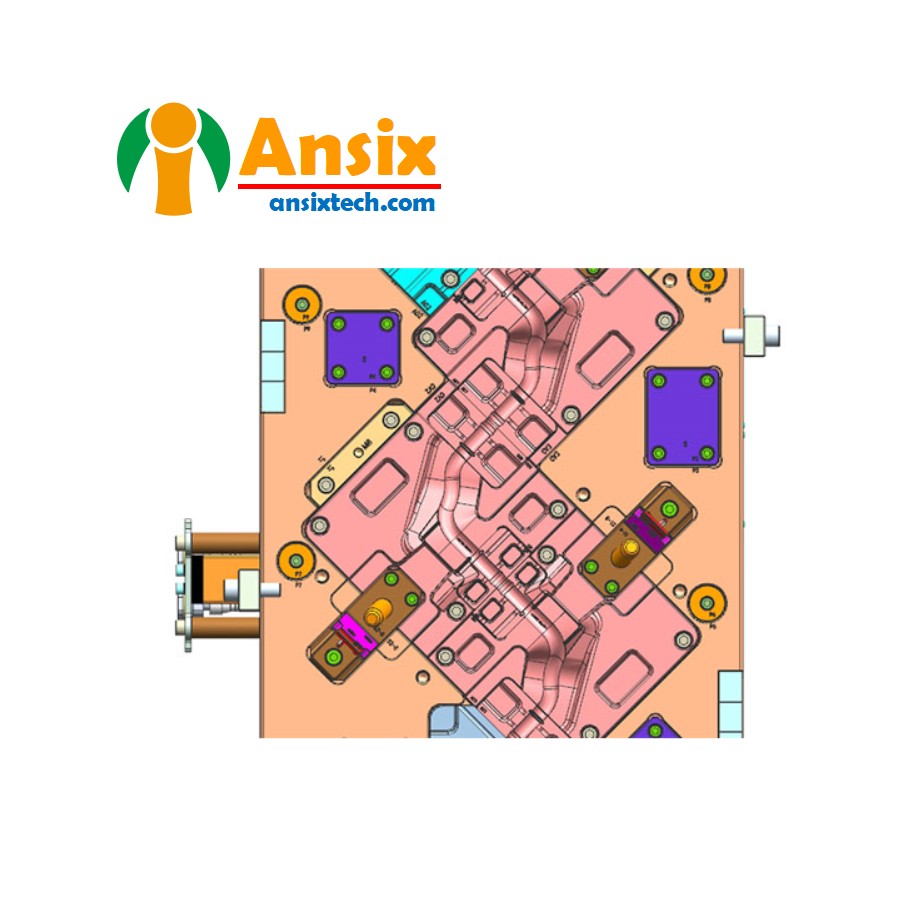
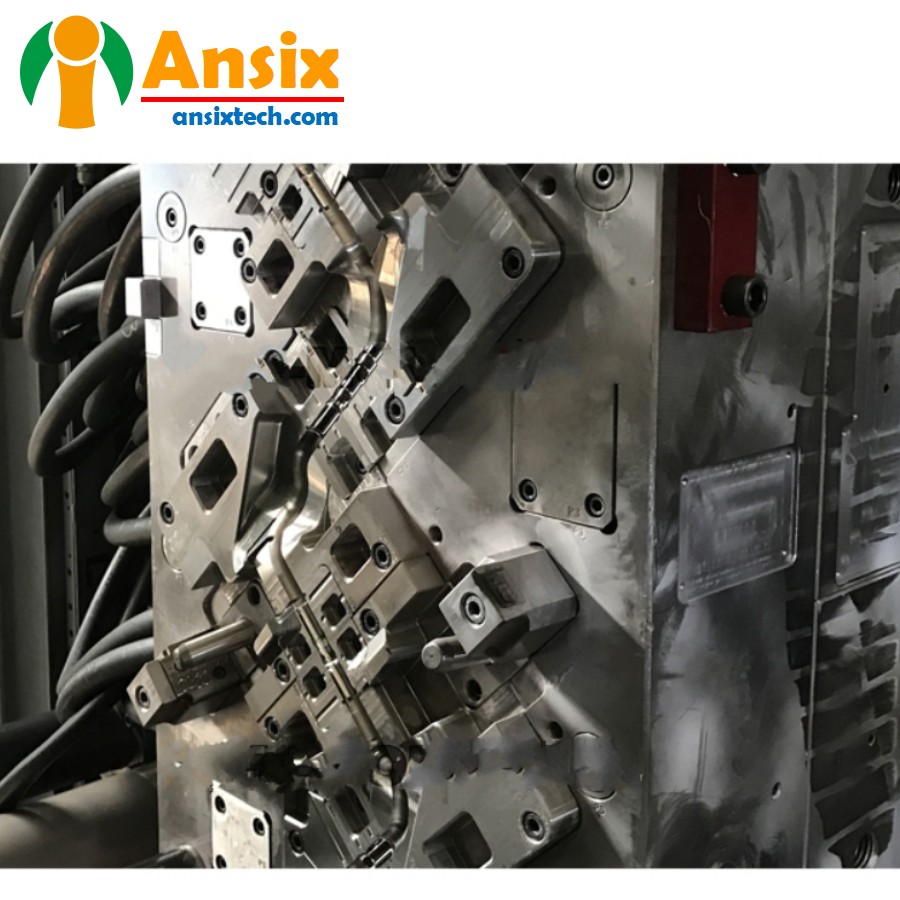
- The manufacturing and processing difficulties of gas-assisted injection molding for automobile cooling water pipes mainly include the following aspects:Complex structure: Automobile cooling water pipes usually have complex internal structures and curved shapes. The processing of molds needs to ensure the accuracy and consistency of these complex structures.Gas auxiliary channel: The mold needs to have a reasonably designed gas auxiliary channel to ensure that gas can fully fill the mold cavity and obtain a suitable exhaust channel during the molding process.Material Selection: Mold materials need to have good wear resistance and corrosion resistance to withstand the impact of high-pressure gas and prevent corrosion.Machining accuracy: Mold processing requires high precision to ensure the accuracy and stability of the gas auxiliary channel.Assembly and debugging: The assembly and debugging of the gas-assisted injection mold must be carried out in strict accordance with the design requirements to ensure the normal operation of the gas auxiliary channel.When selecting gas-assisted injection molding materials for automotive cooling water pipes, you need to consider the following factors:Heat resistance: Since the automobile cooling water pipe works in the engine compartment, it is necessary to choose high-temperature resistant plastic materials, such as polyamide, polyimide, etc.Corrosion resistance: The cooling water pipe needs to withstand the corrosion of the coolant, so it is necessary to choose materials with good corrosion resistance, such as polypropylene, polyethylene, etc.Mechanical Properties: Materials need to have sufficient strength and rigidity to withstand the vibration and pressure of car operation.Cost Consideration: When selecting materials, you also need to consider cost factors and choose materials with higher cost performance.Taking the above factors into consideration, materials suitable for gas-assisted injection molding of automotive cooling water pipes can be selected to ensure that the product has good performance and economy.
- gas-assisted injection molding of automotive cooling water pipes of mass production and Quality controlThe following is a brief overview of the mass production process of gas-assisted injection molding of automotive cooling water pipes:The automobile cooling water pipe is an important component in the automobile engine cooling system. It is used to transport coolant and help the engine maintain a suitable operating temperature. Gas-assisted injection molding is a special injection molding process that uses gas assistance during the injection molding process to form a hollow structure or reduce warpage and deformation during the molding process. In mass production of automotive cooling water pipes, the gas-assisted injection molding process has certain advantages.ProcessRaw material pretreatment: Pre-dry and mix the plastic raw materials to ensure the dryness and uniformity of the raw materials.Injection Molding: Add the pretreated plastic particles into the hopper of the injection molding machine. After heating and melting, the molten plastic is injected into the mold cavity through screw pressure.Gas-assisted injection molding: During the injection molding process, high-pressure gas is injected into the mold cavity through the gas assist system to form a hollow structure or reduce warpage and deformation during the molding process.Cooling and solidification: After the plastic fills the mold cavity, it is cooled and solidified to form the plastic.Demold: After cooling and solidification, open the mold and take out the formed cooling water pipe.Post-processing: Perform post-processing processes such as edge trimming and deburring on the formed cooling water pipes to ensure the molding quality of the product.Process advantagesHigh molding efficiency: The gas-assisted injection molding process can achieve high-speed and efficient production, is suitable for mass production needs, and improves production efficiency.Product consistency: Gas-assisted injection molding can ensure the consistency of product size and appearance, and improve product quality stability.Save raw materials: Gas-assisted injection molding can reduce warpage and deformation during the molding process, reduce the scrap rate, and save raw materials.Energy saving and environmental protection: Compared with traditional injection molding, gas-assisted injection molding can reduce energy consumption during the molding process and has certain energy saving and environmental protection effects.QCInjection molding process parameter control: Strictly control the injection molding process parameters to ensure stable product molding quality.Product size inspection: Use automated size inspection equipment to conduct online inspection of product size to ensure product size stability.Appearance quality inspection: Introduce automated appearance quality inspection equipment to conduct online inspection of product appearance to ensure stable product appearance quality.Quality Record Traceability: Establish a complete quality record traceability system to record and trace quality data during the production process to ensure product quality is controllable.Through the above process flow and quality control measures, mass production of gas-assisted injection molding of automobile cooling water pipes can be achieved to ensure product quality and production efficiency.


